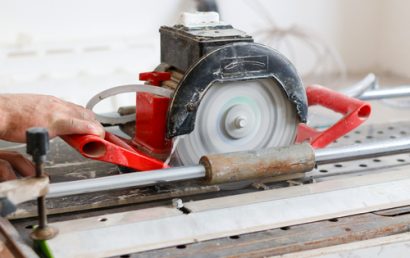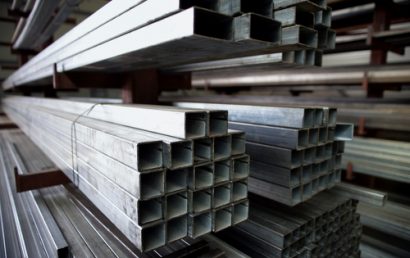Do You Have Questions About Tungsten Carbide?
It is not uncommon for tungsten carbide to be referred to as mere carbide, even though this organic chemical compound contains as much carbon as it does tungsten. It is a fine gray powder in its most basic form but can be formed and pressed into shapes for use in jewelry, abrasives, tools, and industrial machinery.
Uses and Properties of Tungsten Carbide
Tungsten is combined with a carbon alloy giving it more strength and thus forming tungsten carbide. Typically, cobalt (or sometimes nickel) can be used. Having varying properties, the versatile material known as tungsten carbide comes in many different types. It is popular in a wide range of industries and applications because of its numerous, varying characteristics.
Denser than titanium or steel, and with approximately 550 GPA on Young’s modulus, it out does the rigidity of steel by approximately three times. In hardness, it compares to a-Al203 or sapphire (corundum) and can only be finished and polished with incredibly hard abrasives (i.e. diamond, cubic boron nitrides, silicon carbide, etc. as compounds, wheels, or powders).
Burning Questions about Tungsten Carbide
Just how much strength is offered by tungsten carbide? A common measure of strength is the TRS method or the Minimum Transverse Rupture Strength. But TRS is not commonly used to determine the strength of tungsten carbide due to the fact that accurate readings cannot be obtained because of its brittleness. Technically, the approximate TRS of tungsten carbide is about half of the transverse rupture strength. Suffice it to say however that tungsten carbide is used specifically for its hardness in many industries.
In reference to tungsten carbide grains, why is the size of those grains important? Tungsten grains can be combined with things like cobalt in what is called a cementing process. It is then referred to as cemented tungsten carbide. This is where the size of the grain comes in. Better impact resistance is offered by larger grains. Better wear, however, is offered by smaller grains. For high impact applications, such as mining and rock drilling, extremely coarse grains are used.
As mentioned above, cobalt is the binder in most tungsten carbide grades. What impact does the binder have? Although grain can have an effect on this, usually, the material will become harder the lower the cobalt content. The binder can determine corrosion resistance, endurance to impact and shock, wear resistance, strength, hardness, etc.
There are different grades of carbon. How many are available? Grades are determined by grade size, hardness, and binder content. All in all, there are a dozen varying grades.
Because of its unique qualities, tungsten carbide is a very useful, versatile material with any number of applications that apply in a plethora of industries. Did you that tungsten carbide is very nearly as hard as diamond? It’s true. On the Mohs hardness scale, tungsten carbide lands between 8.5 and 9.0 falling just short of diamond, which falls at 10. Just a little factoid to improve your knowledge regarding tungsten carbide.



